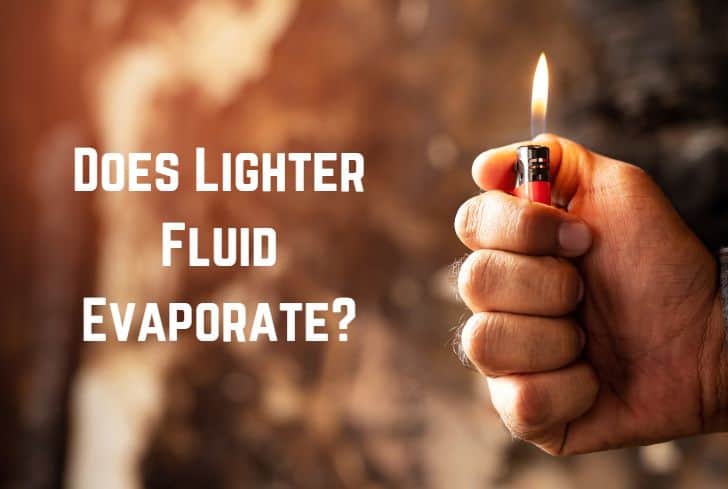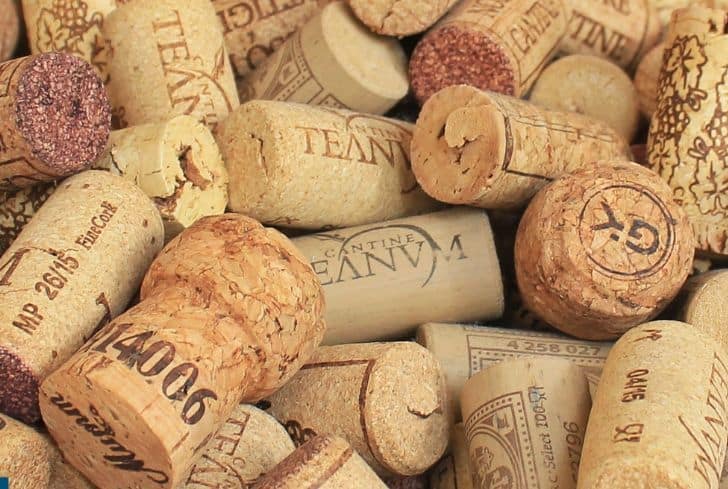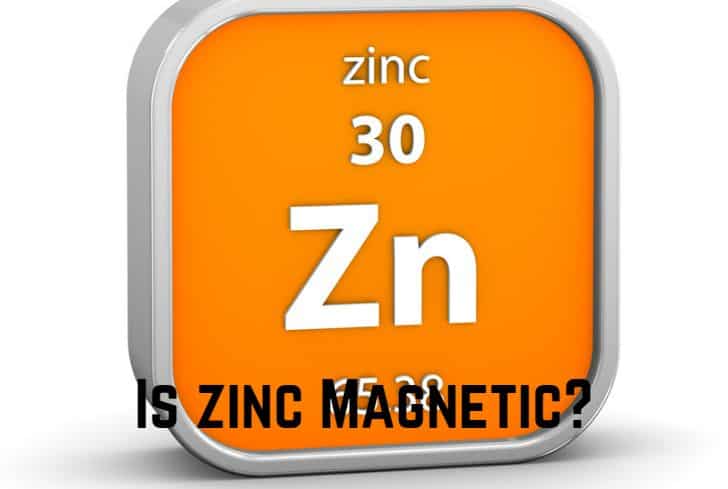Is Drywall Flammable? (No. It’s Not)
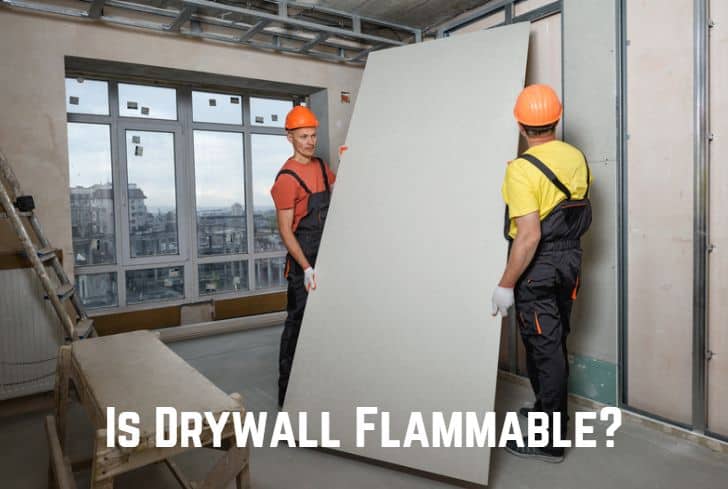
You’ve probably encountered drywall while researching potential building materials. Although it might not be ideal for outside walls, using it as framing on walls and as ceilings is strongly recommended. Nonetheless, most people are still unsure about the fire safety of drywall. Is drywall flammable, then?
In this article, we will go into great detail answering that question. We describe what drywall is, the temperature range in which it typically ignites, and the effects of burning drywall. We’ll also let you know whether drywall becomes toxic and how much heat it can withstand before it burns.
What is Drywall?
Gypsum that occurs naturally is widely used to make the building material known as drywall. The gypsum plaster is sealed between two thick pieces of paper. Manufacturers use a variety of additives to produce unique types of drywall. Several additives include paper pulp, starch, various types of paper, and emulsifiers that serve as thickening agents.
Gypsum panels, sheetrock, plasterboard, and wallboard are some other names for drywall.
As a result, it is used to build walls without water during construction, hence the name “drywall.” Gypsum drywall is the most popular type, although drywall can also be made from other materials such as plywood, asbestos-cement board, and wood pulp. The interior sides of walls and ceilings are where the wall is installed.
We list a few of the various types and applications of drywall below:
- Whiteboard (regular drywall)– Regular drywall is ideal for walls and ceilings in hallways, bedrooms, living rooms, and some basements. Due to the lack of mold and mildew resistance, don’t use it in moist areas like bathrooms and kitchens.
- Paperless drywall: Fiberglass coats the drywall instead of paper, making it durable and water-resistant.
- Soundproof drywall is made from fiber-reinforced, gypsum- and polymer-laminated drywall. It offers soundproofing properties and is ideal for spaces that require silence, like music or family rooms.
- Green board drywall: Wax or another oil-based additive has been applied to the paper covering. Although green board drywall isn’t waterproof, it is intended to prevent moisture from accumulating over time.
- VOC-absorbing drywall- Various home furnishings, paints, and cleaning products release volatile organic compounds or VOCs. This specific drywall takes in and holds these substances inside the drywall.
Is Drywall Flammable?
No drywall is not flammable. Gypsum, the primary component of drywall, has a high water content. The gypsum molecules are dry, while the water molecules are in crystalline form. Drywall is non-flammable due to these crystalline water molecules. Water evaporates when heat is applied to drywall, eliminating heat energy and preventing burning.
By preventing heat transfer, the evaporating water crystals keep the drywall cool. The drywall will start to burn once all the water has evaporated. There is a certain degree of fire resistance in all drywall types. Gypsum is a soft non-flammable mineral. Regular, lightweight drywall can withstand flames for up to an hour.
Type C and type X drywall can burn for 2 to 4 hours. They are called fire rated since they are made with particular fire-prevention compounds. A fire can be contained and spread more slowly the more fire-resistant the drywall is. Alumina trihydrate is one of the additives that further increases the fire resistance of the two types of dry walls.
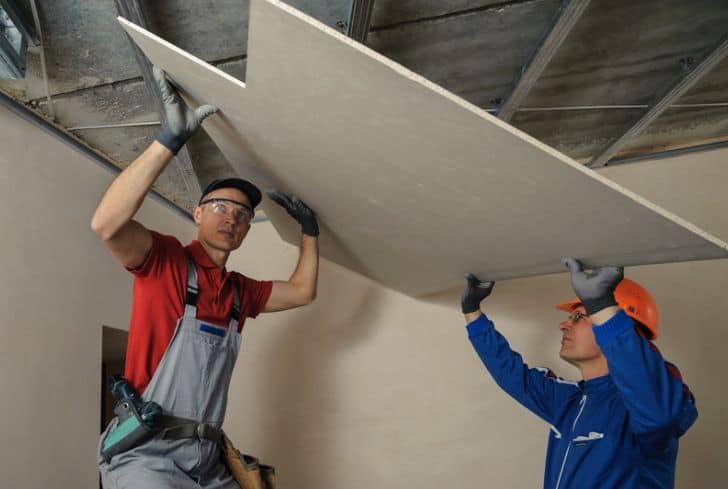
What Temperature Does Drywall Catch Fire At?
The paper covering starts burning at 450°F(232°C). Gypsum eventually begins to burn due to the water content evaporating at such high temperatures. The smoke this phase of drywall produces usually irritates the eyes and nose. Remember that the paper covering starts burning before you notice any drywall burning. However, the gypsum center is unaffected if the temperatures are not hot enough.
The mineral calcium sulfate dihydrate, which does not burn quickly, is found in gypsum. Gypsum board in the drywall is a physical barrier resistant to extreme temperatures. If additional components are in the drywall, like glass fibers, higher temperatures are required to burn the drywall.
What Happens When Drywall Is Burned?
The paper burns quickly once the drywall begins to burn. However, the fire begins to burn slowly as it reaches the gypsum. As the water evaporates, its molecules fight against the flame’s heat. The high temperatures cause the drywall to flake and chip instead of burning. When drywall begins to burn, instead of melting away, it separates and flakes.
The drywall will take a while to ignite, even when you use an accelerant like lighter fluid.
The burn of drywall barely lasts a minute when temperatures reach 450°F (232°C) before it diminishes and goes out on its own. Gypsum will sustain structural damage, weaken, and disintegrate at this point.
Gypsum and other plaster minerals have extremely high melting points and burn slowly. Gypsum’s water content makes fire burn more slowly.
How Much Heat Can Drywall Take?
Because of the wide range of materials used in drywall, it takes varying temperatures. When the temperature hits 170°F (76°C), gypsum, one of the most prevalent drywall components, is damaged. However, gypsum will not begin to burn until it reaches a temperature of 350°F (176°C), which is hot enough to start a fire.
The pressure to burn gypsum is low at natural heat temperatures.
Gypsum does not react with oxygen. Drywall resists melting and burning even at high temperatures. Because of this, most contractors use drywall to prevent fires from spreading for as long as possible.
How Hot Does Drywall Have to Be to Burn?
The drywall must heat up to 1200°F(649°C) to burn. With a regular flame, it is challenging to reach this high temperature. Nevertheless, drywall has adequate heat energy to burn at such high temperatures. However, it takes some time for the gypsum component to burn even after exposure to these high temperatures.
Gypsum requires exceptionally high temperatures, so drywall cannot burn at the same rate in a house fire. It’s important to remember that a fire’s heat and smoke rise. The temperature will be around 212°F (100°C) at the foot level. Around 1,112°F (600°C) of heat is present at eye level and up to 1499°F (815°C) at the ceiling. Even so, reaching such temperatures is difficult unless it’s a propane fire.
Is Drywall Toxic To Burn?
Although drywall doesn’t burn on its own, it does release poisonous fumes when exposed to high heat. The drywall’s paper coating is made of toxic chemicals; burning it would produce hazardous fumes. After evaporation begins, the water content in gypsum releases toxic substances. One of the most used drywall materials, gypsum, has calcium sulfate. Sulfate breaks down and releases hydrogen sulfide, a poisonous gas.
Breathing in smoke from a fire that burns drywall is extremely risky. As it burns, drywall produces flaky particles that may cause breathing problems. After you breathe it in, drywall dust will remain in your lungs for some time. Following that, you’ll feel discomfort in your throat and airways, cough, and have trouble breathing.
Several types of drywall have toxic substances, including sulfur compounds. When drywall burns, these additives and chemicals emit toxic compounds.
Frequently Asked Questions
Does drywall keep heat out?
Yes, drywall keeps heat out, but only to a certain extent. Although drywall is frequently used to construct interior walls, insulation is not its primary function. Each type of construction material has some level of heat flow resistance. The amount of thermal insulation provided by drywall is extremely low.
So, you must include insulation while installing drywall if you wish to impact heat transfer effectively. Insulation saves you money by reducing your cooling and heating bills. Spray foam, fiberglass, and loose-fill cellulose are a few insulation materials that complement drywall effectively.
Is drywall more fire-resistant than plywood?
Plywood is less fire-resistant than drywall. Due to the gypsum content, drywall is less likely to burn rapidly. Several thin wood sheets are glued together to form plywood. Plywood burns quickly in a house fire as its entirely made from wood. An adhesive is used to join the plywood sheets.
Plywood is more expensive, harder to work with, and less fire resistant. It is also more resilient than drywall but is more challenging to repair when damaged.
Can you use drywall around a fireplace?
Although drywall is not flammable, don’t use it to make the surrounding of a fireplace since it poses a safety risk. Remember that the paper covers on drywall are likely to catch fire quickly. Moreover, type X fire-rated drywall is not fireproof, and regular drywall is not fire retardant.
Non-combustible materials like tiles, metals, stone, and marble are the best options for use around a fireplace.
Conclusion
The most frequent component of drywall is gypsum, which renders it inflammable. Its water content makes it difficult for drywall to catch fire entirely. When the fire gets hotter, drywall doesn’t melt; instead, it flakes and finally turns into a white powder resembling chalk.
Drywall emits poisonous gases in extreme heat that irritate your lips and nose. Gypsum is covered with paper made from hazardous chemicals, and the water inside also creates hazardous byproducts. Calcium sulfate in gypsum breaks down to produce the toxic gas hydrogen sulfide.




